
Something is creeping through America’s forests and parks, and it’s threatening some of the country’s most valuable plants and trees. Despite the tireless efforts of scientists and park rangers, who have been battling this menace for years, the invaders continue to spread, often hiding in plain sight.
But now, a new, four-legged ally has joined the fight. Highly trained dogs are being deployed to sniff out the earliest signs of infestation, even before the first telltale egg cases appear, so subtle that most humans would miss them. So, what are these dogs actually looking for? The answer is buried in the landscape, and the stakes couldn’t be higher.
The Silent Invasion: A National Crisis in Progress

From the East Coast to the Midwest, a silent invasion is underway. The pests responsible have already caused millions of dollars of damage to vineyards, orchards, and forests. Young trees are especially at risk, and farmers are fighting to protect them.
They are difficult to spot. The invaders’ eggs are known to be camouflaged on tree bark and outdoor structures, making early detection a challenge for the untrained eye.
As the problem escalates, so does the need to solve it. The question is not just about saving crops in the fields, but about maintaining entire ecosystems and the people whose lives depend on them.
A Landscape Transformed
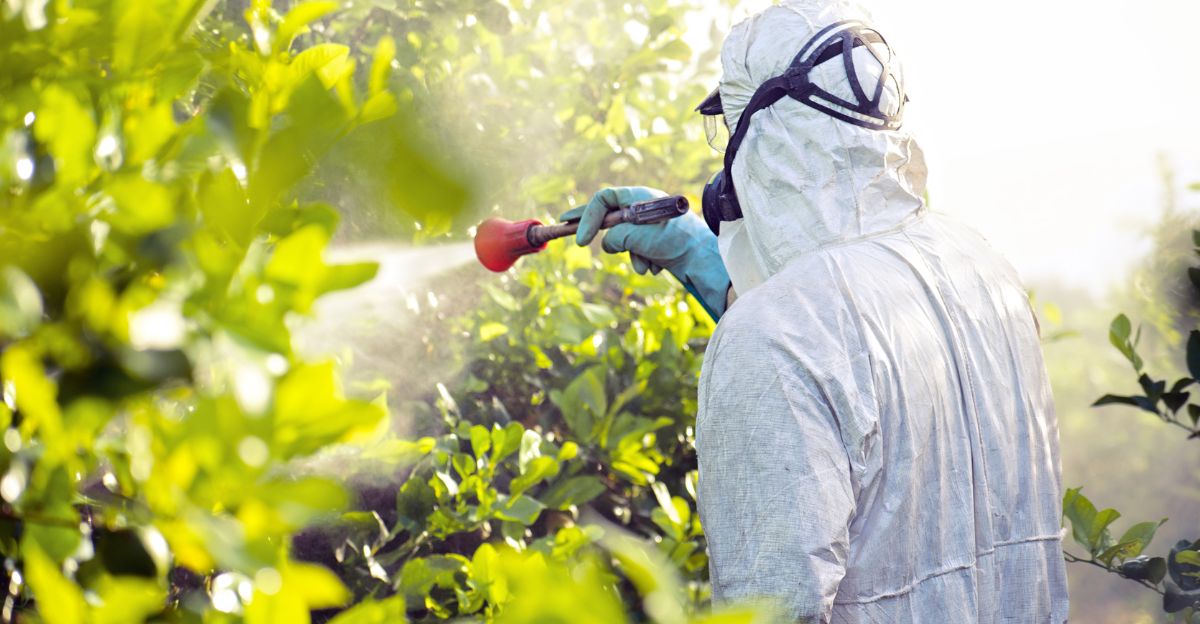
Until recently, these landscapes were thriving, free from the threat now lurking in the shadows. Farmers and gardeners could rely on familiar methods to keep their plants safe. But the arrival of a new, alien species changed everything.
These pests, once limited to their native lands across the ocean, gained a foothold in America through global trade and travel. Their rapid spread has caught many by surprise, and existing pest control methods are simply not sufficient. Now, the battle lines are drawn in parks, backyards, and public spaces, where the next wave of invaders is quietly waiting to invade.
A Race Against Time
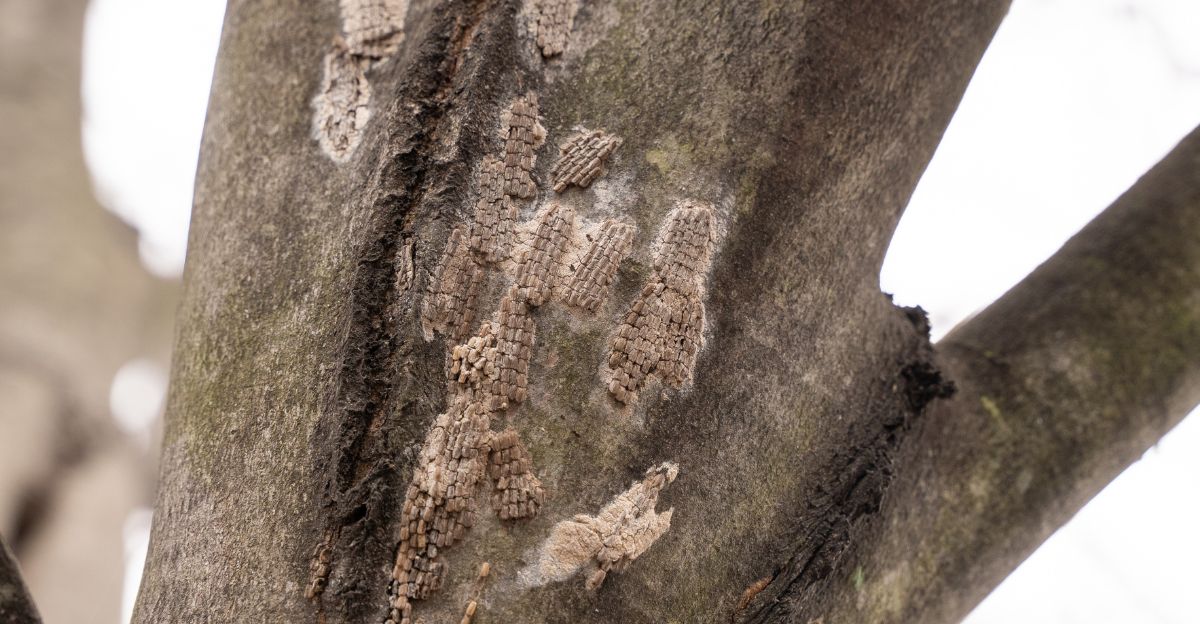
Each season, the situation grows more dire. The invaders’ eggs are tucked away in clusters, often in hard-to-reach places. Once they hatch, the young pests multiply rapidly, overwhelming local plants and trees.
Efforts to spray pesticides or remove infested plants have had mixed results, and the bugs continue to spread. Scientists have tried everything from sticky traps to biological controls, but nothing has stemmed the tide.
The cost of inaction is clear: more destroyed crops, damaged ecosystems, and frustrated communities. The need for a breakthrough has never been more urgent.
The Culprit Revealed
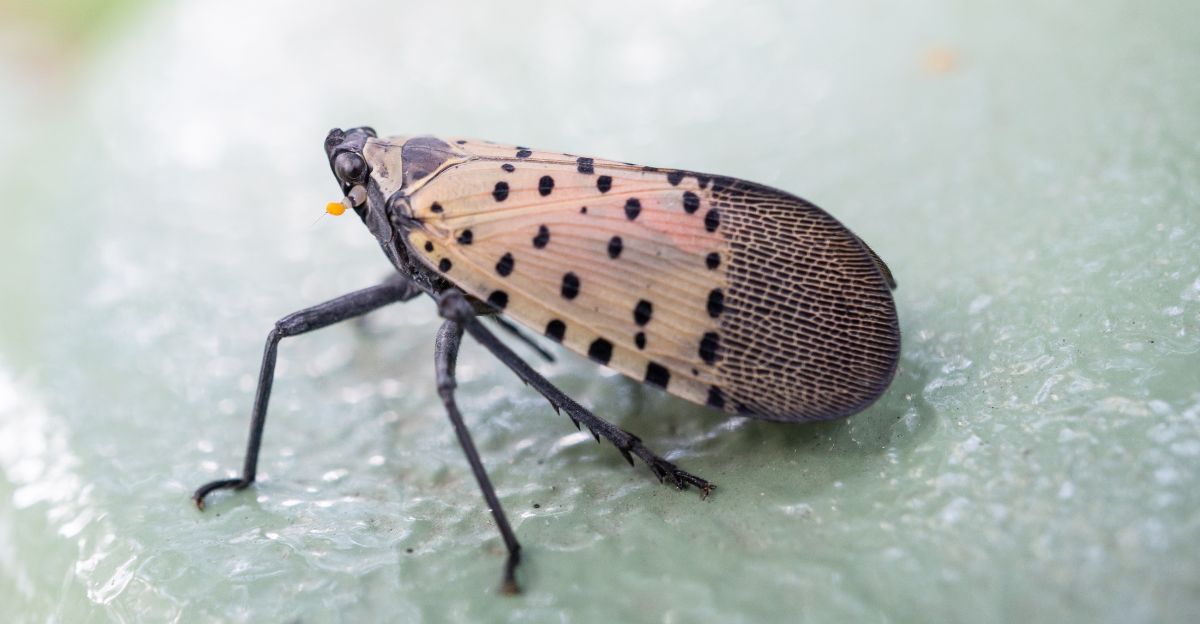
Who is the culprit behind this ecological disaster? The spotted lanternfly, a visually striking insect from eastern Asia. Their eggs, laid in mud-like masses, are so tiny that they are virtually invisible to the naked eye. Each mass can contain 30 to 50 eggs, and when they hatch, the ravenous bugs swarm over trees and crops, sucking the sap and weakening the plants.
The speed at which the lanternfly has spread has alarmed scientists and farmers alike. But now, thanks to a clever new approach, there may be some hope: specially trained dogs are proving remarkably skilled at sniffing out these hidden egg clusters before they can do any damage.
Cleveland Takes the Lead
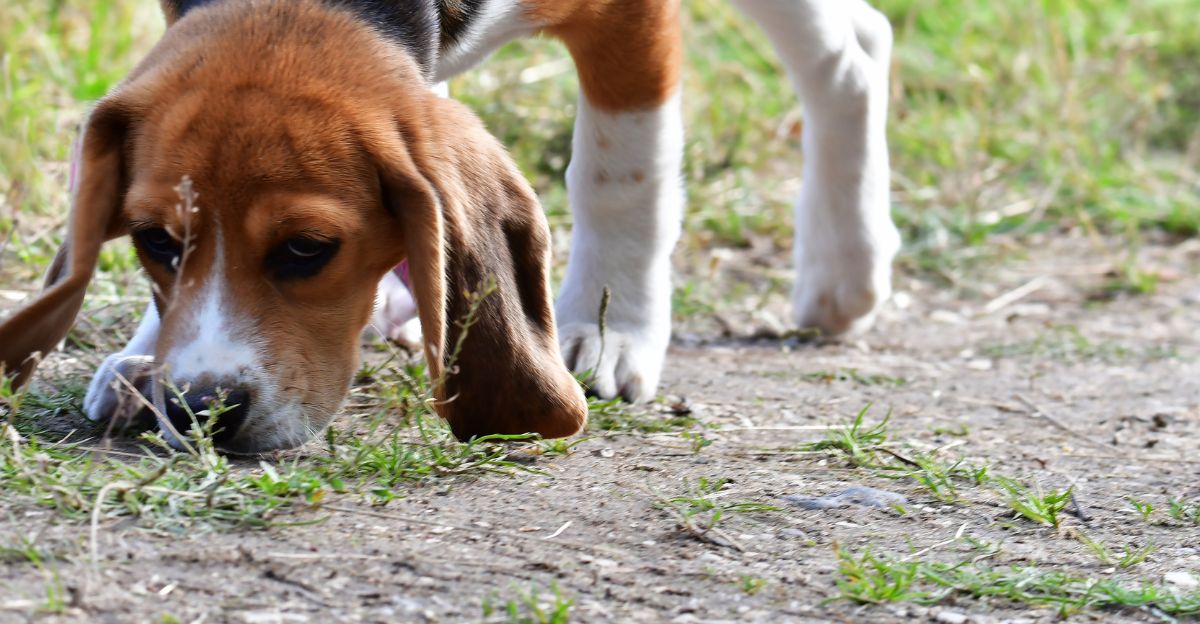
The spotted lanternfly’s impact has been particularly devastating in the Cleveland region. Parks and green spaces that were once buzzed with life are now under threat. In an effort to slow the spread, local authorities have launched a massive effort to slow the spread, with dogs taking the lead.
Within hours of searching, these canine detectives have helped find thousands of egg masses, each of which could prove an agricultural disaster for local agriculture.
The success in Cleveland provides a blueprint for other areas, illustrating the difference early detection can make. But the battle is not yet won, and the invaders are still spreading.
Handlers and Dogs Work as One

Not just any dog can take on this critical role. The successful candidates must pass rigorous tests to prove their scenting abilities. Handlers work closely with their canines, rewarding them with treats upon every discovery.
The dogs’ enthusiasm and concentration are crucial to their success. Research has also been astonished that they can sniff out hidden egg masses — even in a complex outdoor environments.
The bond between handler and dog is essential, as is the trust that develops through training and teamwork. This collaboration is proving to be a game-changer in the battle against invasive species.
Innovative Training
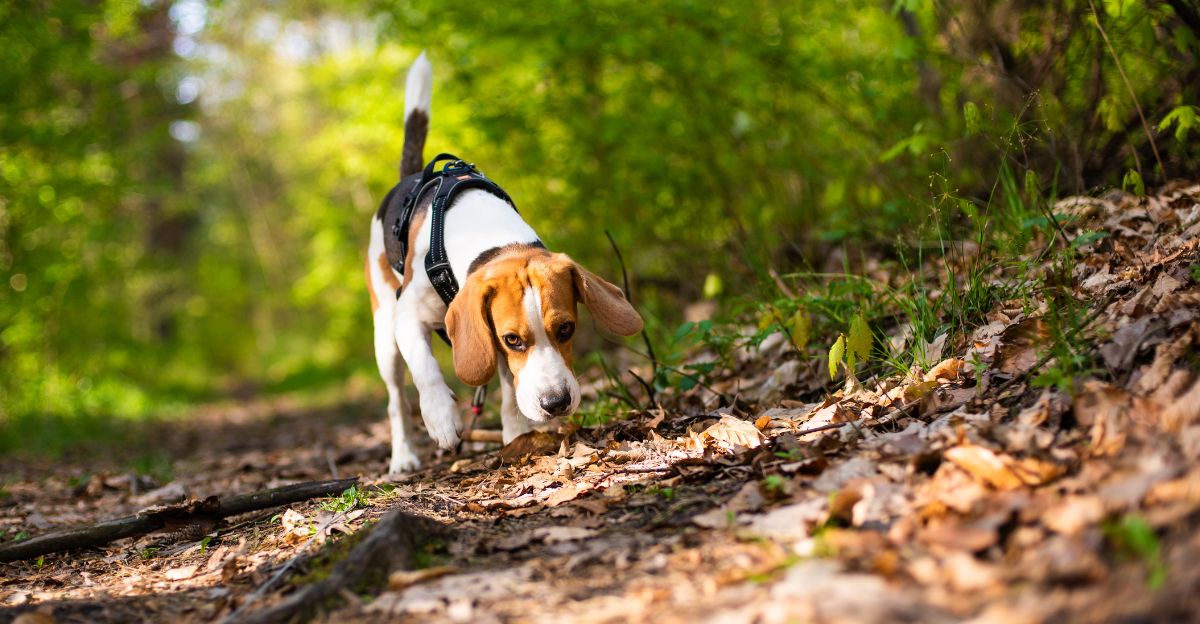
The process of training these dogs started at Virginia Tech University, where researchers developed special techniques to train them to detect the scent of the invaders’ eggs. Dogs chosen for the program already had some scent training and were deemed perfect candidates.
But with repetition and reward reinforcement, they learned how to precisely detect the exact location of egg masses in trees, on benches, and rocks.
The training process is ongoing, with new dogs joining the ranks each year. This innovative approach has given scientists a powerful new tool in their effort to protect America’s landscapes.
Broader Implications of Success
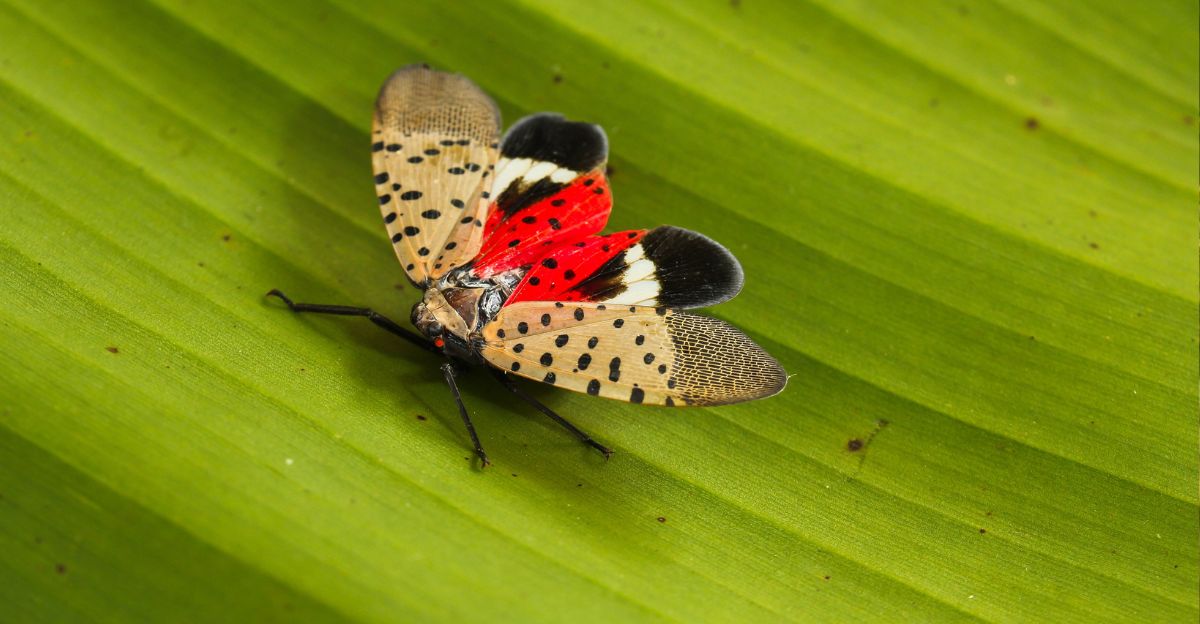
The success of the canine detection program has implications far beyond Cleveland. As the spotted lanternfly travels to new places, other states are looking to replicate the model.
The dogs’ ability to sniff out hidden egg masses may buy time for researchers to come up with new control methods to slow the invasion. The program also stresses the value of innovative, interdisciplinary initiatives to address ecological problems.
Bringing together scientists, handlers, and dogs, communities are discovering new tools to defend their environment and protect their way of life.
Hope on the Horizon

The war against invasive species is far from over, but using specially trained dogs provides a glimmer of hope. As the program grows, more communities may be able to find and destroy egg masses before they hatch.
Researchers hope this tactic could help stop the spread of the spotted lanternfly and other invasive pests. The story is also a potent reminder that sometimes, the best solutions come from unexpected collaborations. With continued innovation and teamwork, it may be possible to turn the tide and help protect America’s ecosystems for future generations.
Explore more of our trending stories and hit Follow to keep them coming to your feed!

Don’t miss out on more stories like this! Hit the Follow button at the top of this article to stay updated with the latest news. Share your thoughts in the comments—we’d love to hear from you!







